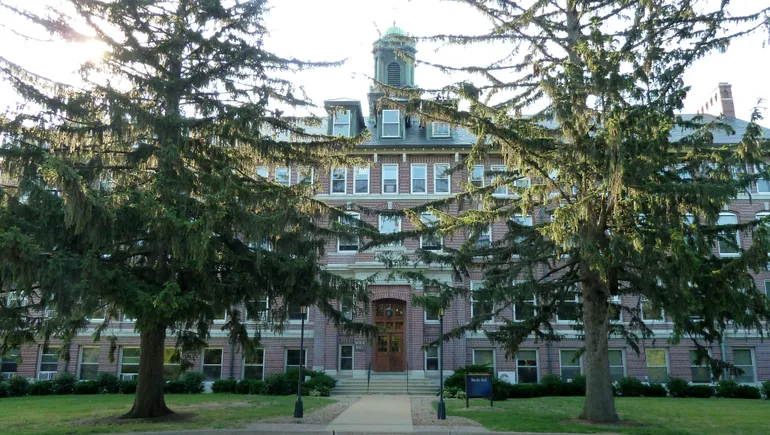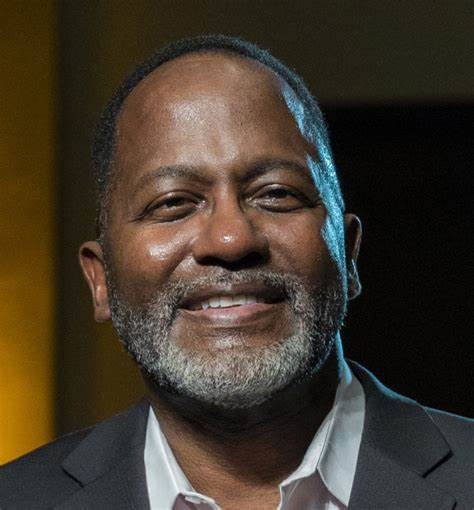Dive Brief:
- St. Ambrose University, a Roman Catholic college in eastern Iowa, plans to acquire nearby Mount Mercy University, with the two institutions expecting to maintain distinct campuses and academic programs once combined.
- Under the deal, which the two institutions cast as a “strategic combination,” St. Ambrose is set to become the nonprofit parent organization of Mount Mercy in summer 2025, according to a Thursday announcement. Regulatory and accreditor approvals are needed for the move.
- Mount Mercy will retain its name, becoming the Mount Mercy Campus of St. Ambrose University. In an FAQ, officials said the deal could enable the two institutions to share resources and reduce costs, in hopes of passing on those savings to students and families.
Dive Insight:
St. Ambrose and Mount Mercy have similar missions and characteristics, with the two Roman Catholic institutions both located roughly 80 miles apart in eastern Iowa. However, St. Ambrose showed nearly twice the enrollment in the 2023-24 academic year — 2,703 students versus 1,449 at Mount Mercy.
“Our cultures are really very similar, very compatible with one another,” Mount Mercy President Todd Olson said in an interview “We’re both Catholic institutions, we’re both focused on meeting the needs of our local community at the same time that we have a broader reach than that.”
Olson noted that the institutions have students from around the U.S. and world.
Headcounts have recently declined at both institutions, according to federal data. St. Ambrose enrolled 2,747 students in fall 2022, down 25.2% from a decade ago. Over that same period, enrollment fell 15.7% at Mount Mercy to 1,526 students.
However, Olson said he saw potential for growth in the institutions’ graduate programs. Officials are also considering adding some new undergraduate majors and athletics programs, he said.
In the FAQ, officials said the deal’s main goal is to expand educational access to both traditional-age and adult learners, who are typically considered 25 and older.
“The cost savings and operational efficiencies that will result from a strategic combination will allow both campuses to continue to grow their offerings and enhance their student experiences, rather than continuing reductions and cutbacks, which has been an all too common reality on many college campuses over the last few years,” the FAQ said.
For instance, officials are looking at smoothing pathways for their undergraduates into graduate programs offered at either campuses, Olson said. The universities may also expand some of their graduate programs to both campuses.
“Because we’re in two different metro areas, we have the opportunity to launch second sites of some of our very good graduate programs in the other city,” Olson said. “We believe that’s a good growth opportunity, we believe it meets the needs of the local workforce.”
The two institutions didn’t share what tuition rates would look like once the deal is completed, although the FAQ said any changes would be communicated to students. Both are committed to providing “generous aid packages,” according to the document.
Olson said he doesn’t expect “dramatic changes” to tuition prices. “I see us sort of in the range we’re in now,” he added.
The universities list similar sticker prices — St. Ambrose puts tuition for full-time residential students at $36,378 in the 2024-25 academic year, compared to $39,878 at Mount Mercy.
The acquisition will have two phases. The first is expected to be completed in summer 2025, when St. Ambrose will become the parent organization of Mount Mercy.
Then, during a roughly one-year transition period, St. Ambrose will operate Mount Mercy as a separate university with its own accreditation and participation in federal student aid programs. After that, the two institutions will “be fully combined under St. Ambrose.”
The FAQ acknowledged that combining the two institutions would “result in some personnel changes.”
“Once we enter our regulatory ‘transition’ phase, some leaders will move into transitionary roles where they will advise primary university leaders,” officials said in the FAQ. “Upon full combination, a new organizational structure will be put into place to ensure operational efficiencies.”
Leaders from both universities are working through how to organize the institutions, Olson said.
“We’ll see how this works out,” Olson said. “The central thing I’m focused on is seeing that we make this transition work as well as possible, and that we preserve the mission of both our universities as we combine into one, and that we keep the central focus on our students.”
#Ambrose #University #Mount #Mercy #University #combine










